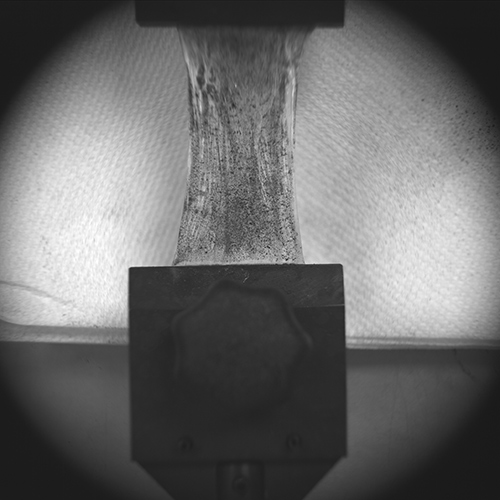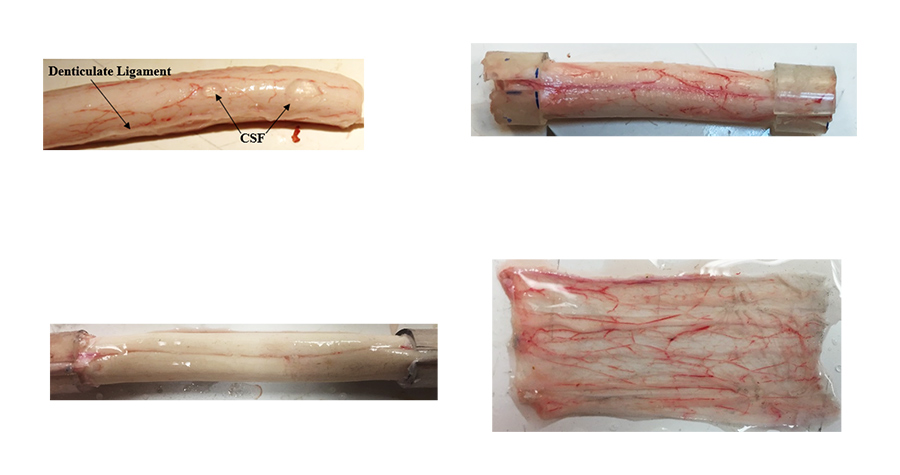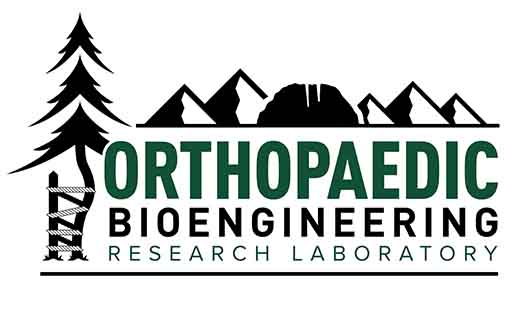Soft Tissue Viscoelasticity
The structural response of soft tissues plays an important role in their normal physiologic function. For example, soft connective tissues guide the motion of the musculoskeletal system, cardiovascular tissues mechanically regulate blood flow, and neural tissues (such as the dura mater) protect the delicate spinal cord by resisting harmful motions. Injury (both acute and chronic) and pathology can greatly compromise the normal mechanical function of these tissues, resulting in debility and a significant reduction in quality of life. Furthermore, pathologies that arise from soft tissue compromise affect tens of millions of individuals in the United States alone, resulting in annual medical costs that are on the order of billions of dollars. The development of successful treatment modalities for soft tissue compromise is highly-dependent upon a comprehensive and complete understanding of the affected tissue’s general mechanical behavior.
Biological soft tissues exhibit complex nonlinear elastic (hyperelastic), nonlinear time-dependent (viscoelastic), and viscoelastic/inelastic failure behavior. To date there has been little effort to simultaneously capture the complete mechanical behavior of these tissues throughout their physiologic loading regime. Instead, current investigations characterize these mechanical phenomena separately using very specific loading conditions. These limited material models typically cannot predict general mechanical behavior using loading conditions that are substantially different from those used to obtain the material coefficients. The overarching goal of this project is to overcome these significant shortcomings via development of a general constitutive formulation that can incorporate the intricate nonlinear and time-dependent elastic and inelastic properties of soft tissues. In addition, we propose to establish a material characterization methodology that can describe soft tissue mechanics across the complete physiologic temporal span. Completion of this project will allow us to push forward with our long-term research objective to understand the functional role that soft tissue mechanics plays during dynamic loading events.

Tensile stress relaxation experiment of spinal cord tissue.

